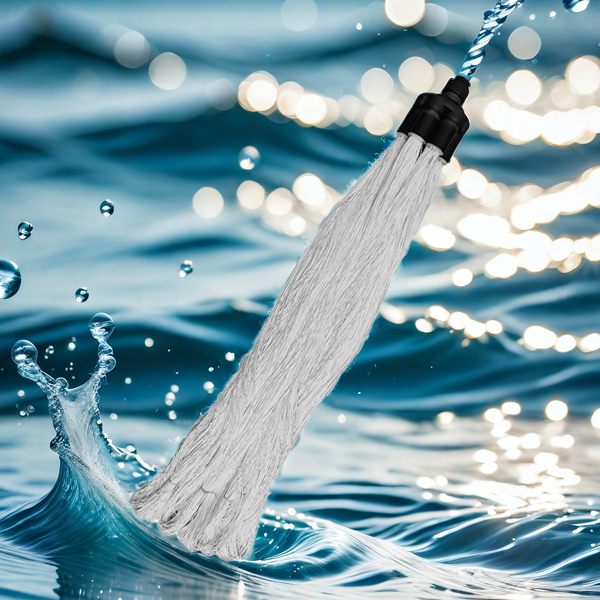What is the general range of membrane flux?
Membrane flux refers to the mass or volume of solute passing through a membrane per unit time, usually used to evaluate the efficiency and performance of membrane separation processes. So, what is the general range of membrane flux? Let’s understand the importance and calculation methods of membrane flux together.
1. The importance of membrane flux:
Membrane flux is one of the important indicators for evaluating the efficiency of membrane separation processes. Appropriate membrane flux can improve the processing capacity and efficiency of membrane separation systems, reduce energy consumption and costs, while ensuring separation efficiency and product quality.
2. Membrane flux range:
Generally speaking, the range of membrane flux depends on factors such as the membrane material used, membrane structure, and operating conditions. Common membrane flux units include LMH (flux per square meter of membrane area per hour) and GFD (flux per square foot of membrane area per day). Generally speaking, the membrane flux range can range from tens of LMH to thousands of LMH, depending on the specific application and requirements.

3. Membrane flux calculation:
The calculation of membrane flux usually involves parameters such as membrane area, operating pressure, solution concentration, temperature, etc. By adjusting these parameters, the membrane flux can be optimized and the performance of the membrane separation system can be improved. The common formula for calculating membrane flux is:
Membrane flux=solute mass or volume passing through the membrane/unit time
By understanding and reasonably calculating the range of membrane flux, it can help optimize the design and operation of membrane separation systems, improve production efficiency, and reduce costs.
Understanding the importance and scope of membrane flux is crucial for optimizing and improving membrane separation processes. By calculating and adjusting the membrane flux reasonably, the performance of the membrane separation system can be improved, achieving more efficient separation and treatment processes. Let’s gain a deeper understanding of membrane flux and contribute to the development of membrane separation technology.
